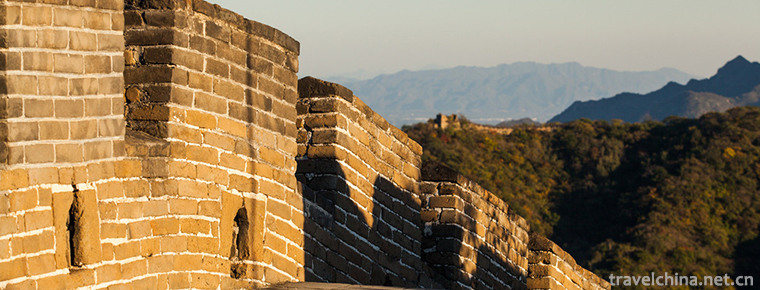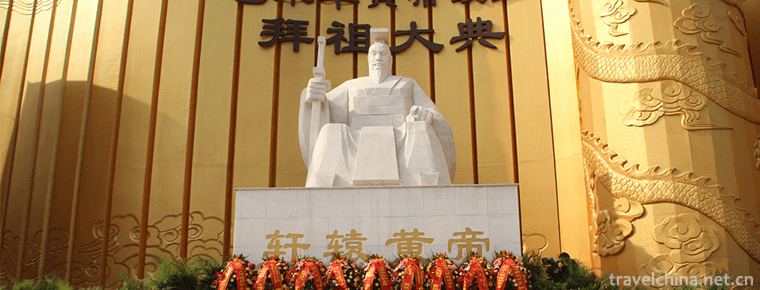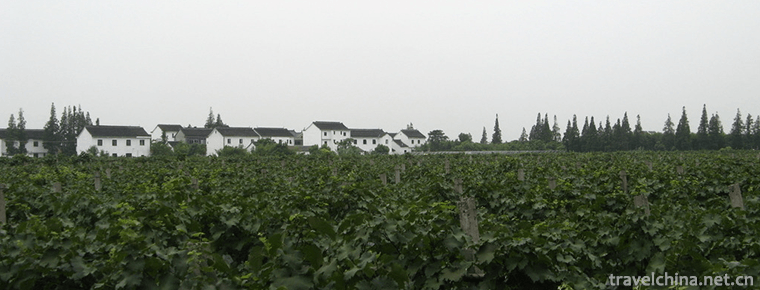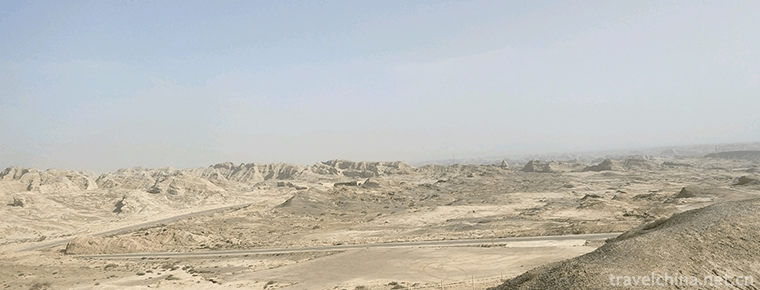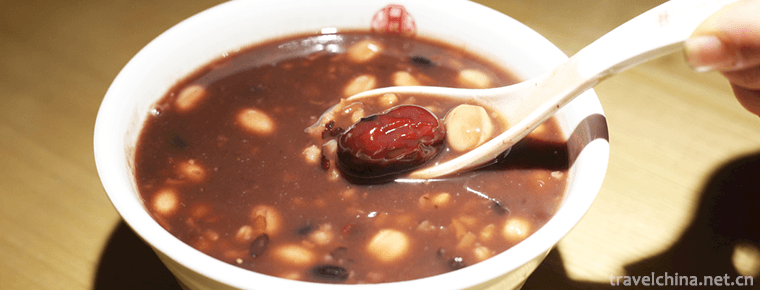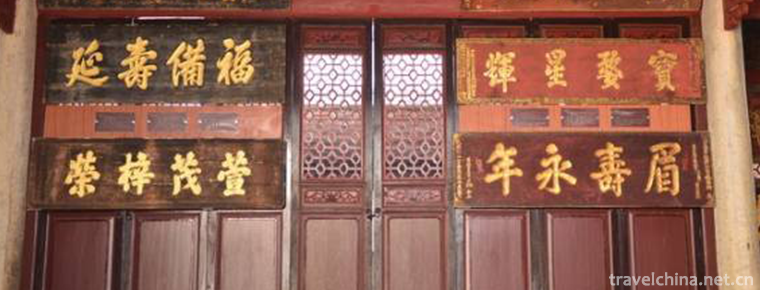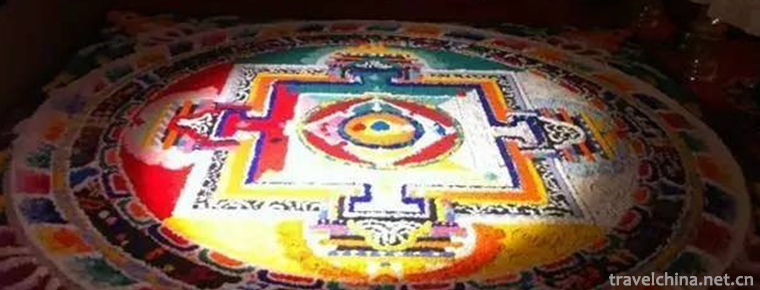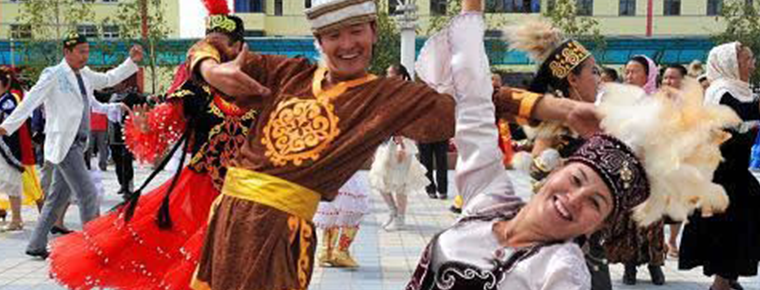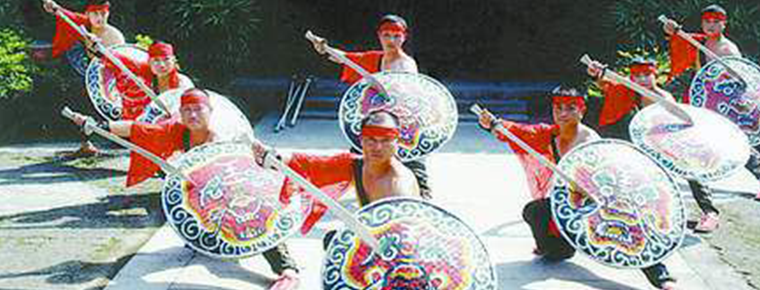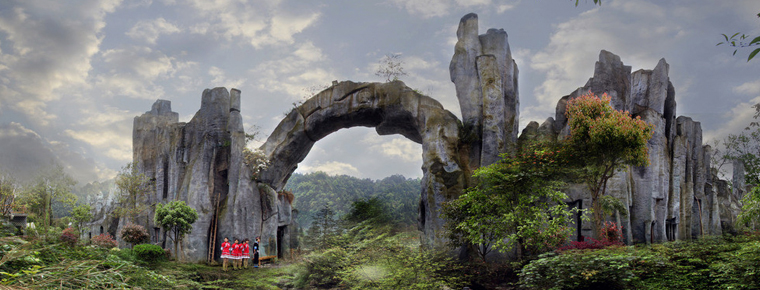Leshan culture
Leshan culture
By the end of 2018, Leshan has 12 mass cultural centers, 12 public libraries, 10 museums, 218 cultural stations and 29 City cinemas. There are 12 free libraries, 12 cultural centers, 218 township cultural stations and 3 museums. 2003 rural libraries and 276 community libraries were updated. 2656 immovable cultural relics were registered in the city. Among them, there are 10 national key cultural relics protection units, 28 cultural relics protection units in Sichuan Province, 83 cultural relics protection units in Leshan City and 189 cultural relics protection units in counties (districts and cities). A total of 12322 movable cultural relics were registered in the city. There are 8 radio and television stations and 510000 cable radio and television users in the city. By the end of the year, the population coverage rate of radio and television was 99.59% and 99.42% respectively.

Leshan culture
-
Three Gorges Dam
The Three Gorges Dam is located in Sandouping Town, Yichang City, Hubei Province, China. It is 38 kilometers from the Gezhouba
Views: 178 Time 2018-11-11 -
The Mutianyu Great Wall
The Mutianyu Great Wall in Beijing is located in Huairou District of Beijing, 73 kilometers from the urban area of Beijing. With a long history and splendid culture
Views: 144 Time 2018-11-24 -
Hometown of Huang Di
The scenic spot of Huangdi's hometown is located in Xuanyuan Road, Xinzheng City, Zhengzhou City, Henan Province. It is the residence of Xiong clan recorded in the history
Views: 188 Time 2019-01-18 -
Malu Grape Theme Park
Malu Grape Theme Park is located in Malu Town, Jiading District, Shanghai. It is a grape industry base and agricultural tourism demonstration site that integrates grape planting, production, scientifi
Views: 133 Time 2019-02-06 -
Yangda Kuduktur Beacon Platform Site
Beacon also known as beacon platform, beacon platform, Yandun, pyrotechnic platform. If there were enemies, smoke in the daytime and fire in the evening were the quickest and most effective ways to tr
Views: 225 Time 2019-03-02 -
Babao black rice porridge
Babao black rice porridge is a traditional snack and a food for Laba Festival. Purple and black, soft and waxy, sweet and fragrant. Developed from Babao glutinous rice porridge, it has the function of
Views: 206 Time 2019-03-25 -
Plaque Custom Hakka Plaque Custom in South Jiangxi
Hakka plaque custom in southern Jiangxi has gradually developed with the migration of northern scholars to southern Jiangxi. Hakka traditional custom in rural areas has been formed
Views: 175 Time 2019-04-04 -
Painting of Painted Sand Tancheng
He said that if we compare life to a picture scroll, if the world wants to be detached from things and hearts, should it also laugh away the glory or frustration,
Views: 390 Time 2019-04-04 -
Kazakh Karakol Leha
On May 23, 2011, Kazakh Karakol Kazakh was listed in the third batch of national intangible cultural heritage list with the approval of the State Council.
Views: 317 Time 2019-05-02 -
Shaheteng Array
The rattan array is the only ancient combat technology in northern China. It has gone through hundreds of years since Ming Dynasty. Today, it only exists in Shilipu Village, Shahe City, Hebei Province
Views: 362 Time 2019-06-12 -
Yamugou scenic spot
Yamugou scenic spot is located on the Bank of Taiping River (a famous scenic spot in Guizhou Province) in Jiangkou County, Tongren City, Guizhou Province, adjacent to Fanjing Mountain (National Nature Reserve, China's top ten famous summer resort).
Views: 172 Time 2020-10-13 -
Meishan population
At the end of 2019, the total registered residence population was 3 million 422 thousand and 600, of which 1 million 194 thousand and 900 were urban population. At the end of the year, there were 2.995 million permanent residents, including 1.433 million urban
Views: 363 Time 2020-12-18

